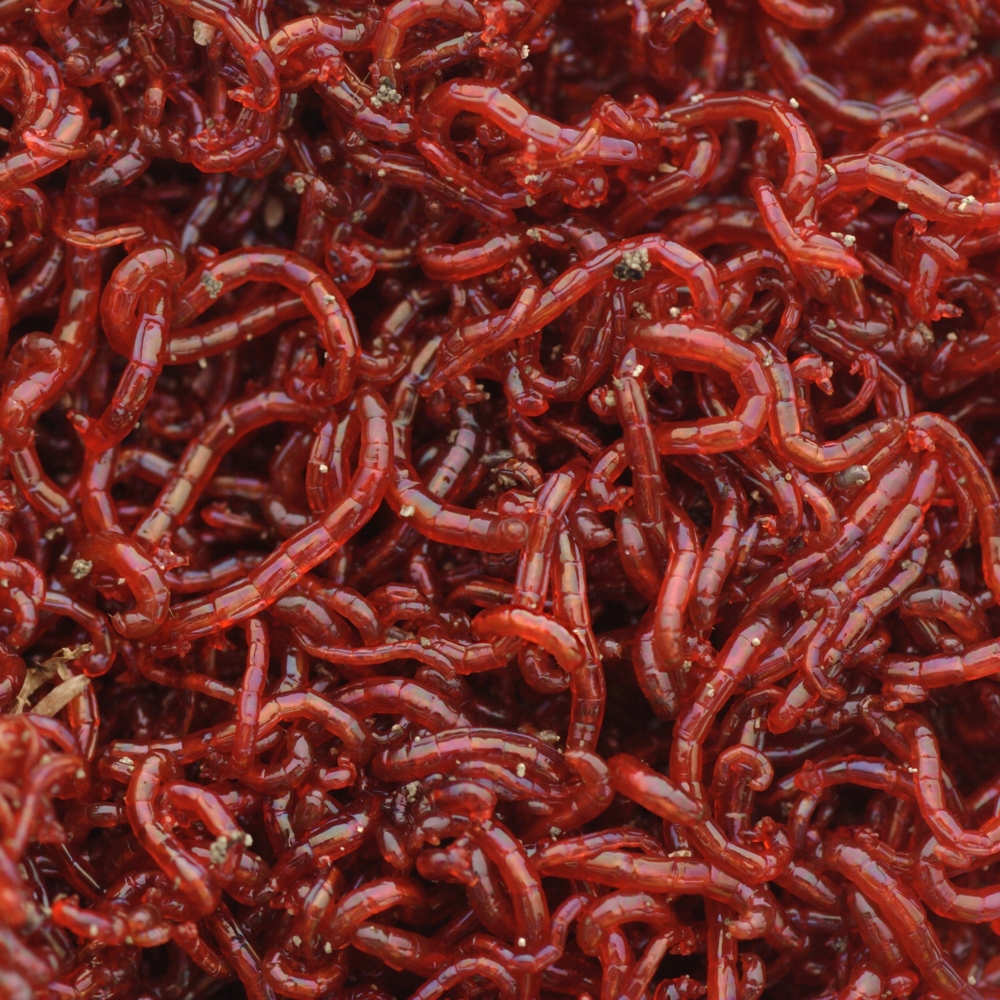Affordable red worms: Best practices for care
Affordable red worms: Best practices for care
Blog Article
Making Use Of Red Wigglers for Effective Organic Waste Disposal
Making use of red wigglers for organic garbage disposal provides a compelling strategy to taking care of food scraps while advertising ecological sustainability. These worms not only boost waste disintegration yet likewise generate beneficial worm spreadings, which can dramatically improve dirt wellness. Their ability to process large quantities of organic product with marginal initiative placements them as an easily accessible solution for homes and neighborhoods alike. However, recognizing the nuances of establishing an effective worm container and maintaining an ideal habitat is vital for optimizing their benefits. The following action in this process might surprise you.
Advantages of Using Red Wigglers
Among the most engaging benefits of making use of red wigglers for natural waste disposal is their remarkable efficiency in composting. These worms, clinically understood as Eisenia fetida, are especially adjusted for damaging down organic products, enabling them to process waste up to twice their body weight daily. This rapid decomposition not just increases the composting process yet likewise creates nutrient-rich worm castings that significantly boost dirt quality.
Furthermore, red wigglers contribute to a reduction in land fill waste. By diverting organic materials from landfills, they assist decrease methane emissions-- a powerful greenhouse gas. This environmental benefit is critical in the fight against climate change.
In addition, red wigglers are low-maintenance and can grow in numerous environments, making them available for both novice and skilled composters. Their capacity to recreate swiftly makes sure a constant populace, helping with ongoing waste handling.
Establishing Your Worm Container
Developing an effective worm bin is important for taking full advantage of the advantages of composting with red wigglers. The very first step is choosing a suitable container. A bin made from plastic or wood, with an ability of 10 to 20 gallons, is excellent. Make certain the container has ample drainage holes to avoid excess wetness, as red wigglers flourish in a damp however not soggy atmosphere.
(buy red wiggler worms)Next, prepare the bed linens material, which serves as the worms' habitat and food resource. The container should be positioned in a dark, temperature-controlled area, preferably between 55 ° F and 77 ° F, to keep worm activity.
When the container is set up, present the red wigglers, allowing them to adapt to their new environment. A properly maintained bin will certainly not only support the health and wellness of the worms however likewise assist in reliable decomposition of natural waste.
(red wigglers for sale)
What to Feed Red Wigglers
An understanding of the proper diet plan for red wigglers is essential for maintaining a healthy and balanced worm populace and optimizing composting efficiency. These products not just provide important nutrients yet additionally contribute to the moisture equilibrium within the worm container.
It is essential to prevent certain foods that can harm the worm populace. Red wigglers ought to not be fed meat, milk products, oily foods, or refined things, as these can attract bugs and develop undesirable odors. red wigglers. Furthermore, citrus fruits and zesty foods ought to be minimized, as their level of acidity can be harmful to worms
Monitoring the worm bin for food intake prices will assist guarantee that red wigglers are obtaining an appropriate diet while keeping an efficient composting atmosphere. Proper feeding practices are crucial for promoting a flourishing ecosystem within the worm container.
Maintaining Your Worm Environment
A well-maintained worm habitat is important for the wellness and efficiency of red wigglers. To make certain optimal conditions, it is critical to check temperature, wetness, and aeration within the worm bin (red wigglers).
An excellent guideline of thumb is to keep wetness at approximately 70% to 80%. If the bed linens comes to be too wet, it can lead to anaerobic problems that are damaging to the worms.

Using Worm Spreadings in Horticulture
Rich in nutrients and beneficial microbes, worm spreadings function as an exceptional organic plant food for horticulture. Generated with the digestive system processes of red wigglers, these spreadings consist of a range of necessary nutrients, consisting of nitrogen, phosphorus, and potassium, which promote durable plant development. Unlike artificial fertilizers, worm spreadings offer a slow-release system, making certain that nutrients are available to plants over an extended period, thus lowering the threat of nutrient leaching and dirt depletion.
In enhancement to vitamins and mineral web content, worm castings improve dirt framework and aeration, boosting moisture retention and drain. The microbial life present in worm spreadings helps to subdue pathogens and advertises a healthy dirt community, further benefiting plant wellness. When incorporated right into the soil or utilized as a leading dressing, worm castings can significantly enhance seed germination rates, root growth, and overall plant vigor.
For ideal outcomes, gardeners must use worm castings at a price of 1-2 inches per square foot, mixing them into the soil click here to find out more or integrating them right into potting blends. Generally, making use of worm spreadings is an environment-friendly strategy to enriching soil fertility and ensuring growing garden atmospheres.
Final Thought

Report this page